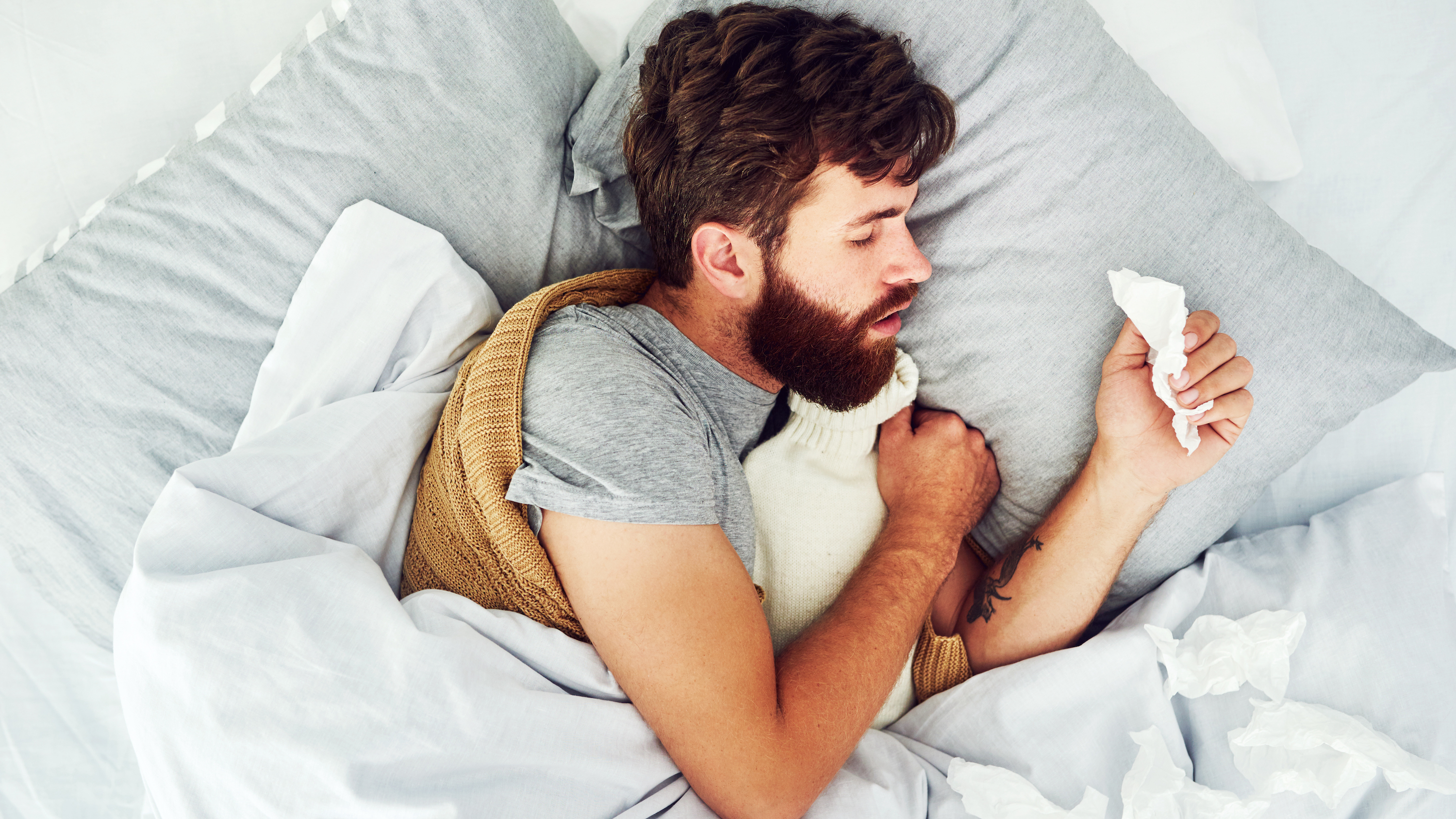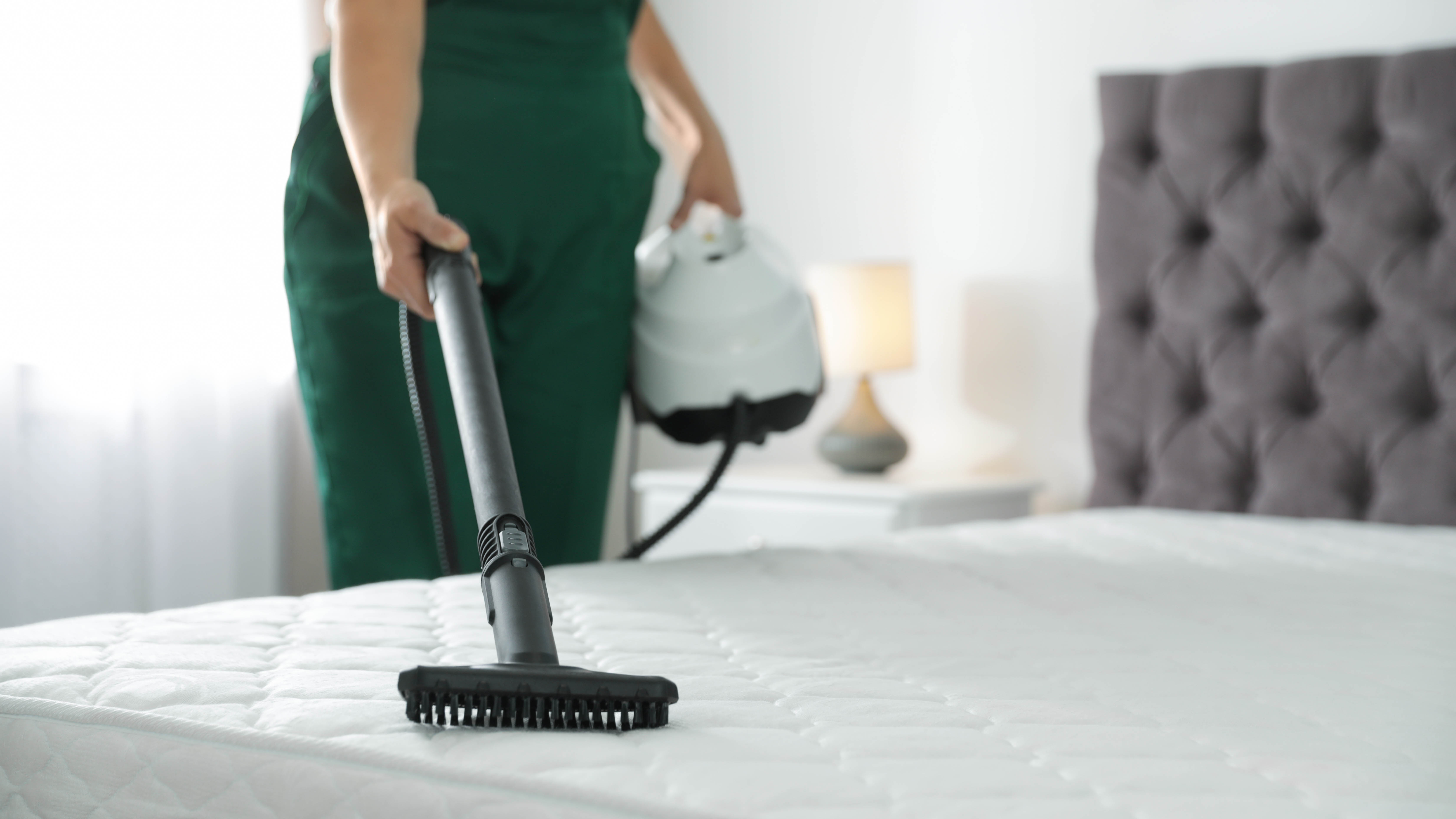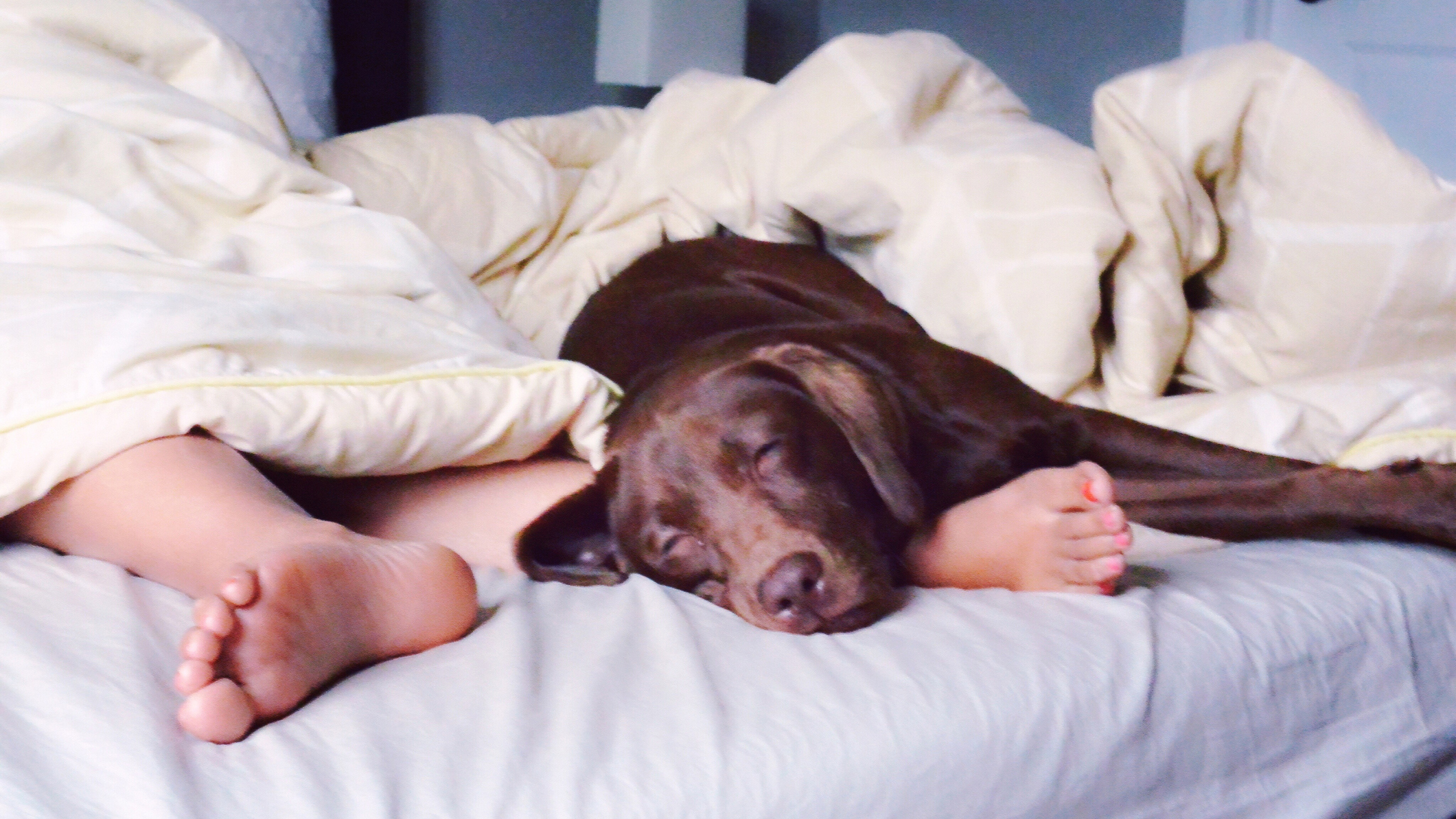Neuroscientist shares 5 key tips to help you sleep better with hayfever
Plus, the hack that stops your mattress from becoming a pollen magnet

Hayfever symptoms are miserable, especially when they get in the way of a good night’s sleep. According to chartered psychologist and neuroscientist Dr Lindsay Browning, there are five things you can do to stop hayfever affecting your sleep.
This is especially important at night when hayfever symptoms tend to get worse. A Dr Browning explains, “This is because when laying down the mucus cannot drain in the same way it would when gravity is helping, leading to disturbed breathing or a cough caused by a post-nasal drip.”
That’s a recipe for disturbed sleep, leaving you feeling tired and cranky the next day. In this article, Dr Browning, a sleep expert for And So To Bed, shares five key ways to stop hayfever from ruining your slumber. And if you’re looking for a new bed that’s designed with hypoallergenic and allergy-friendly, natural materials, take a look at our best mattresses guide for this year’s top picks.
1. Always shower before bed
While a warm, pre-bedtime shower is calming year-round, it’s a non-negotiable for hayfever sufferers during pollen season. Why? Because any pollen still clinging to our hair, skin and clothes come bedtime will make hayfever symptoms worse during the night, disturbing your sleep.
“This is also a great tip for those extra warm summer evenings as a cool, not cold, shower will help lower your body temperature making it easier to drop off,” Dr Browning explains.

2. Clean bedding and carpets more often
Humans shed 200 million skin cells an hour, with dead skin making up a large portion of the dust you see around your bedroom. “Ensuring you regularly vacuum the carpet, dust the surfaces and wash your bedding will prevent dust from building up and make sleeping easier.
Wrap your entire bed in an extra large bed sheet to form a barrier against dust mites, pollen and pet dander. Before bed, fold the sheet in on itself – don’t shake it out into the bedroom – and store in a separate room overnight.
“Be cautious about drying your freshly cleaned bedding on the line outside, though,” cautions Dr Browning, “as you will get lots of pollen in the bedding from the outdoor air.”
Sign up to get the BEST of Tom's Guide direct to your inbox.
Get instant access to breaking news, the hottest reviews, great deals and helpful tips.
Washing bedding on a high temperature is better for removing pollen particles. Always check the care label on your bedding to make sure it's compatible with hotter washes, as some materials are just too delicate.
- Read more: Can you buy a mattress that's naturally resistant to common allergens? Yes —here’s what to look for
3. Elevate your head
Raising your head during sleep encourages all that mucus to drain better, which in turn reduces irritation in your nose and throat. “Try adding an extra pillow and shift your sleeping position to a slightly more seated one and remain on your back.” Dr Browning advises. “This will bring gravity back into the mix allowing excess mucus to drain and not pool.” But if you have sleep apnea, continue to sleep on your side.

4. Keep pets outside the bedroom
Unfortunately, hayfever season can be extra tough if you bed share with furry friends. “Pet hair and dander are two of the most common allergens, which will enhance and make your hayfever symptoms even worse at night.” If this is a no-go for you, explore hypoallergenic bedding and mattress protectors designed to keep dander to a minimum.
5. Use an air purifier
Removing pollen and dust from the air is also crucial for reducing symptoms, so consider investing in a good air purifier. Their benefits go beyond hayfever season too: “If your congestion is a result of a virus, you can use a humidifier to help loosen the mucus on your lungs and aid in clearing your sinuses.”
Using a bedtime routine during allergy season
When you follow a consistent bedtime routine, your brain picks up on specific sleep cues that let it know it’s time for bed. This can be a powerful tool in your back pocket when a runny nose and itchy eyes are stopping you from falling asleep.
A bedtime routine doesn’t have to be elaborate either. It can include a pre-bed shower, as well as perhaps a guided sleep meditation or some deep breathing exercises to help you fall asleep faster. Try the Military Sleep Method if you're new to sleep breathing exercises.

Claire is a qualified journalist and Certified Sleep Science Coach with over 16 years’ product review experience, and who is connected to a wealth of globally renowned sleep experts including mattress designers and buyers, neuroscientists, and doctors of sleep medicine. Claire is responsible for all mattress and sleep content published on Tom’s Guide and is our expert on Saatva, DreamCloud, and Nectar mattresses. Claire is also certified to advise people on how to choose a mattress that suits their needs and budget, as well as helping them to create a nighttime routine and bedroom environment that helps them sleep better. As our Senior Sleep and Mattress Editor, Claire oversees our rigorous testing procedures for our mattress reviews, while leading our team of specialist reviewers and writers who report on all the latest sleep products.
